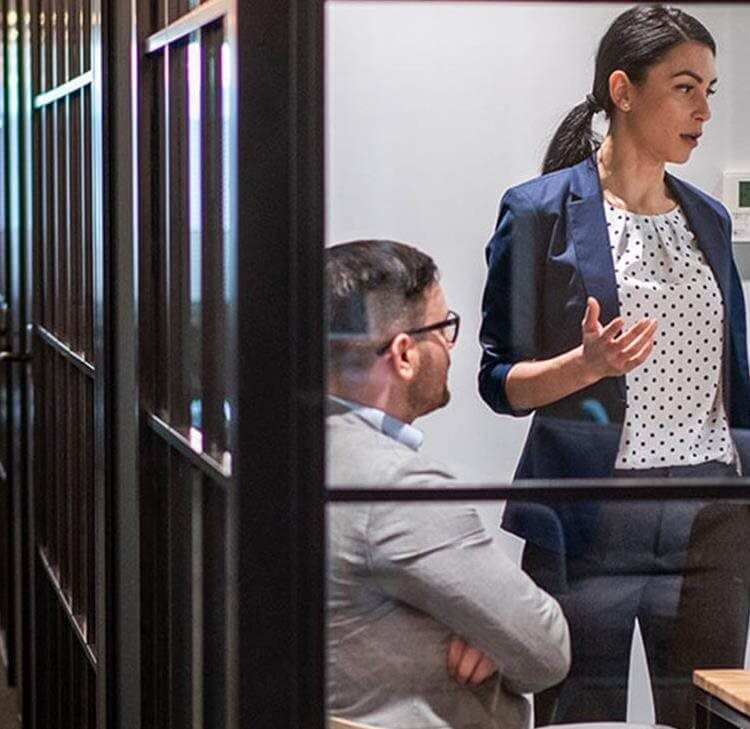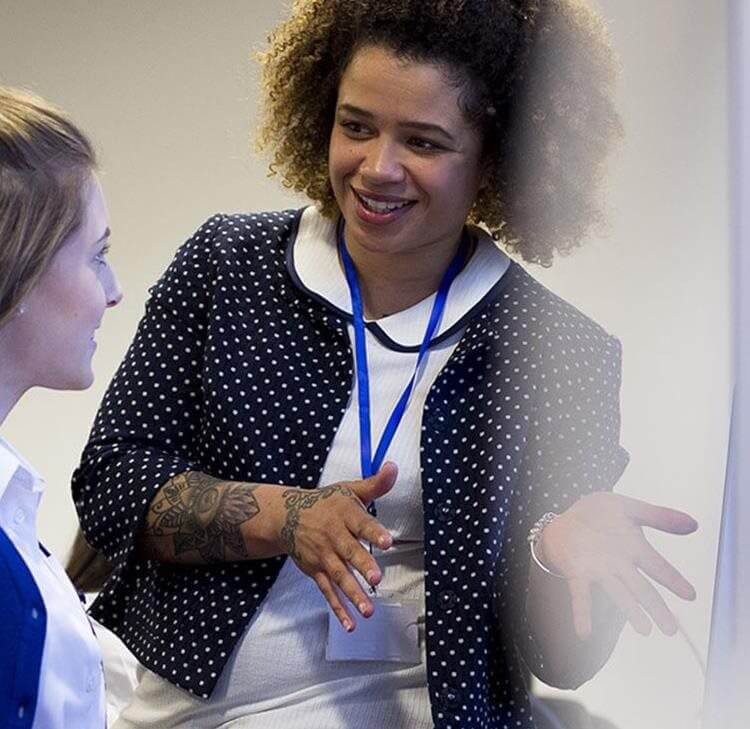Are spin-ins the new spin-outs?
Browne Jacobson has extensive experience in advising across all aspect of a HEI’s commercialisation strategy. If you would like to find out more, particularly in relation to spin-ins, please get in touch.
Commercialisation strategies
We’re all familiar with spin-outs - assign or license intellectual property (IP) or know-how to a newly incorporated company, agree the shareholding structure and board composition as well as controls to allow the new board to grow the business, transfer/second/employ staff which hopefully leads to a successful exit and return on investment for all stakeholders.
Licensing and patent portfolios are also traditional aspects of a higher education institution’s commercialisation strategy. However, spin-ins are a growing recent trend and are fast becoming an important part of a university’s commercialisation arsenal; but what exactly are they?
Existing companies, previously unrelated to the higher education institution (HEI), can “spin-in” and access the HEI’s IP, know-how, research, technology and facilities to develop a commercial opportunity in return for an equity stake in the company for the HEI. The biggest difference between spin-ins and spin-outs is the development and ownership of the initial IP. Rather than a HEI starting with the ownership of the IP and providing resources before knowing how the business opportunity will perform, a spin-in allows the HEI to access the performance of the company and carry out greater due diligence before collaborating - the HEI’s key focus being to assess a spin-in opportunity in light of its own research objectives and the likely success of the collaboration through the integration of the HEI’s expertise and resources.
Recent trends
The National Centre for Universities and Business (NCUB) ‘State of the Relationship 2021’ report reviews collaboration between universities and businesses each year, tracking interactions with large businesses and SMEs as well as UK and overseas investment in HEI R&D (with the 2021 report being of particular interest, since it includes analysis of the impact of the COVID-19 pandemic).
Some of the key headlines are as follows:
- a 31% overall fall in interactions between universities and businesses, the decline largely caused by a reduction in interactions with SMEs (which are said to have suffered a greater impact from the pandemic); and
- a 7% decline in UK business investment in HEI R&D and a 6% decline in overseas investment, the first declines since 2011 and 1999 respectively.
But despite the fall in the number of interactions, there was significant growth in commercialisation activity, with spin-outs, licensing and patents all continuing to perform well, with the report finding:
- a 30% increase in the number of licences granted and an increase in income from licensing;
- a 9% increase in the number of patents granted; and
- 1,316 spin-outs in existence over three years old.
The report identifies spin-ins as a clear collaboration trend, being a great addition to existing technology transfer and knowledge exchange methods. They are noted as diversifying the approach to commercialisation and as often using fewer resources than would typically be seen in spin-outs.
Spinning-in to a new approach
With commercialisation strategies as important as ever, and multiple opportunities arising out of our continuing recovery from the COVID-19 pandemic and the battle against climate change, many HEIs have developed start-up/SME programmes in recent years to identify spin-in opportunities. In addition to aligning with a HEI’s research objectives and providing a return on the equity investment, these collaborations can also generate revenue via licensing and royalties.
As the spin-in company is already operational, it is important for a HEI to carry out sufficient due diligence to ensure it knows what and who it is collaborating with. Key areas include the ownership of the IP being commercialised, as well as existing trading relationships both with suppliers and customers.
Much like with a spin-out, the equity structure and investment terms of a spin-in need to work for all stakeholders. It is a fine balance between having the necessary operational controls/protections and giving the spin-in enough flexibility to succeed.
Given their growing popularity over the last few years, spin-ins may well be the new spin-outs (or at least play a role in commercialisation strategies going forward).
Get in touch
Browne Jacobson has extensive experience in advising across all aspect of a HEI’s commercialisation strategy. If you would like to find out more, particularly in relation to spin-ins, please get in touch.









































